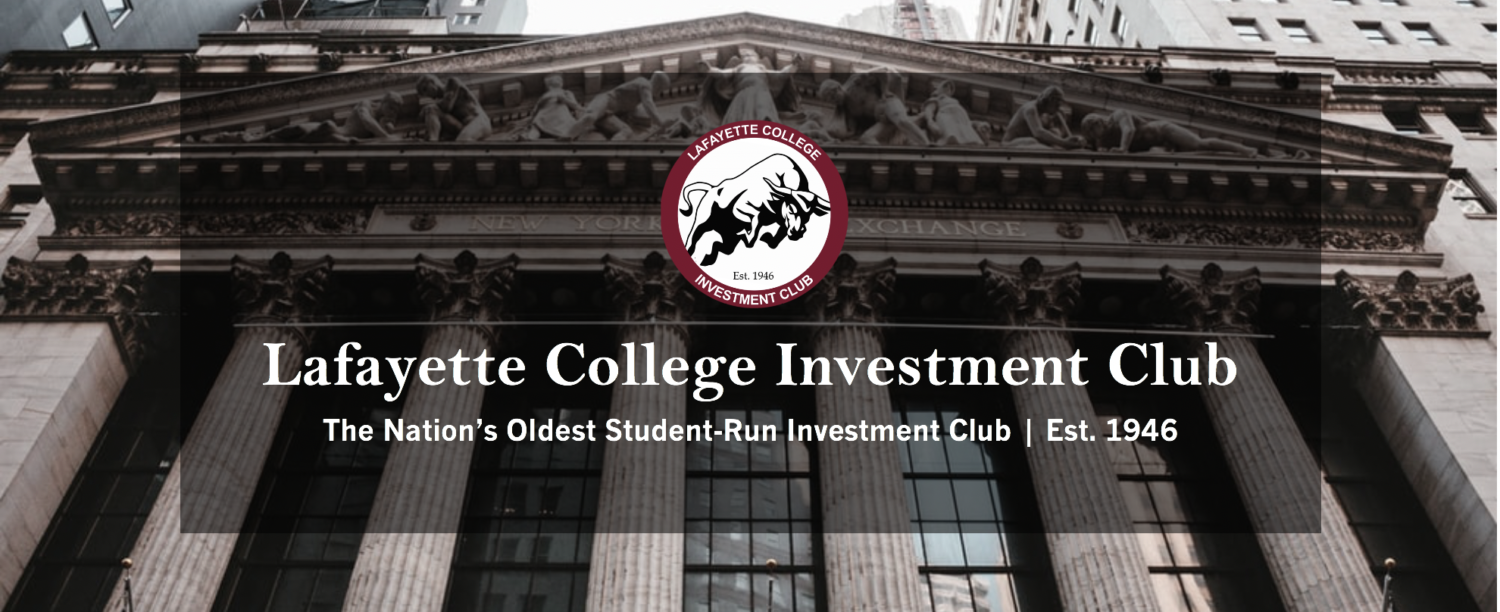The Nasdaq Composite climbed above the 5000-point level for the first time in almost 15 years on Monday, another milestone in the revival of an index that once was synonymous with dot-com excess but now reflects a broad swath of global technology, consumer, health-care and financial firms.
The Nasdaq Composite, which tracks the prices of the 2,571 companies on the Nasdaq Stock Market, briefly topped 5000 at 10:30 a.m. EST. It was the first time the index has traded at that level since March 27, 2000.
The index recently traded 35 points higher, or 0.7%, to 4999.
The Dow Jones Industrial Average rose 126 points, or 0.7%, to 18257, on track to close at a new high. The S&P 500 index gained 10 points, or 0.5%, to 2114. U.S. stocks were buoyed by deal activity and economic data that was broadly in line with expectations.
The Dow industrials and the S&P 500 index each have set several dozen new highs over the past few years, driven by a growing U.S. economy, healthy corporate profits and exceptionally easy Federal Reserve policy.
Now, the Nasdaq Composite has crept to less than 1% of its all-time closing high of 5048.62, set on March 10, 2000.
The index’s Monday gain was helped along by a high-profile deal announcement: Nasdaq-listed NXP Semiconductors NV surged 17% after it and Freescale Semiconductor Ltd. agreed to a merger that would create a company with combined market value of more than $30 billion. Freescale shares rose 12%.
 ENLARGE
ENLARGEDespite the push above 5000, traders reported relatively light activity Monday, consistent with a weekslong downturn in trading volumes and more subdued moves in stocks.
“You’re seeing across-the-board strength in tech. It’s been the place to be,” said Angel Mata, head of institutional equity trading at Stifel Nicolaus. But he added: “As the market continues to move higher, volume starts to go to the side. Those that are long want to stay long because they’ve made enough mistakes selling stocks too early. And the buyers don’t really want to chase.”
The Nasdaq’s march back up to 5000 has been deliberate, driven by steady growth in earnings and dividend payments at the companies it lists. Although the index’s ascent is nowhere near as rapid as it was in 2000, its gains are viewed as likely less ephemeral and bearing less risk for shareholders. Nasdaq companies collectively fetched 120 times their earnings over the previous year in March 2000, compared with about 23 currently.
“A grounded rally is probably a decent way to put it,” said Hank Hermann, CEO of Waddell & Reed Financial, which manages $125 billion. “There’s certainly not anything bubble-ish going on in valuations of the big-cap technology stocks.”
The slow pace at which the Nasdaq crossed 5000 is emblematic of the shifts in the market. When the Nasdaq last topped 5000 on March 10, 2000, it gained 3.1% in a single session. Then, it took a little more than two months for investors to lift the index from 4000 to 5000; this time around it has taken more than a year. “I’m not seeing a melt-up at this juncture,” Mr. Hermann said. “Valuations are much, much more attractive relative to then.”
Monday’s broad market gains mark an extension of last month’s rally. In February, major benchmarks posted their biggest monthly percentage gains in more than two years. The Dow advanced 5.6%—its best month since January 2013—and the S&P gained 5.5%, marking its strongest performance since October 2011.
The gains have coincided with a decline in market volatility—a positive development for passive index investors, but a difficult one for faster-moving traders such as hedge funds.
“The market’s not flying on volume,” said Michael Antonelli, sales trader at Robert W. Baird. “It’s certainly not nonstop action, but that’s kind of how it’s been with these markets that grind higher.”
Stocks have been helped by fourth-quarter earnings that were better than initially feared, steadily improving economic data and indications from the Federal Reserve that it will take a slow-and-steady approach to raising interest rates.
“We’re in a virtuous cycle for economic data, led by employment trends,” said Doug Coté, chief market strategist at Voya Investment Management, which oversees about $220 billion. “You add the bonus from low gas prices…then this market is going to continue to do well.”
A 2.1% gain in Visa Inc. shares gave a lift to the Dow industrials on Monday, contributing more than 30 points to its gains. Costco Wholesale Corp. named Citigroup Inc. and Visa Inc. as its new credit partners. Citi shares gained 1.6%, while Costco gained 0.7%.
Stocks remained higher after the Institute for Supply Management said its manufacturing index edged down in line with expectations to a reading of 52.9% from 53.5%.
Economic data this week will culminate with Friday’s jobs report for February. Economists polled by The Wall Street Journal expect employers to have added 230,000 jobs last month. The unemployment rate is seen ticking down to 5.6%.
European stocks ended mixed. Germany’s DAX gained 0.1%, to close at a record, while France’s CAC-40 fell 0.7%.
Crude-oil futures fell 0.3% to $49.59 a barrel. Gold futures declined 0.4% to $1207.70 an ounce.
A surprise interest-rate cut by China’s central bank boosted stocks in Shanghai and Hong Kong.
Cardinal Health Inc. agreed to acquire Johnson & Johnson ’s heart-product business for $1.94 billion in cash. Cardinal shares rose 1.5%, while those of J&J gained 0.7%.
The yield on the 10-year Treasury note rose to 2.062% as prices fell.
Write to Dan Strumpf at daniel.strumpf@wsj.com
